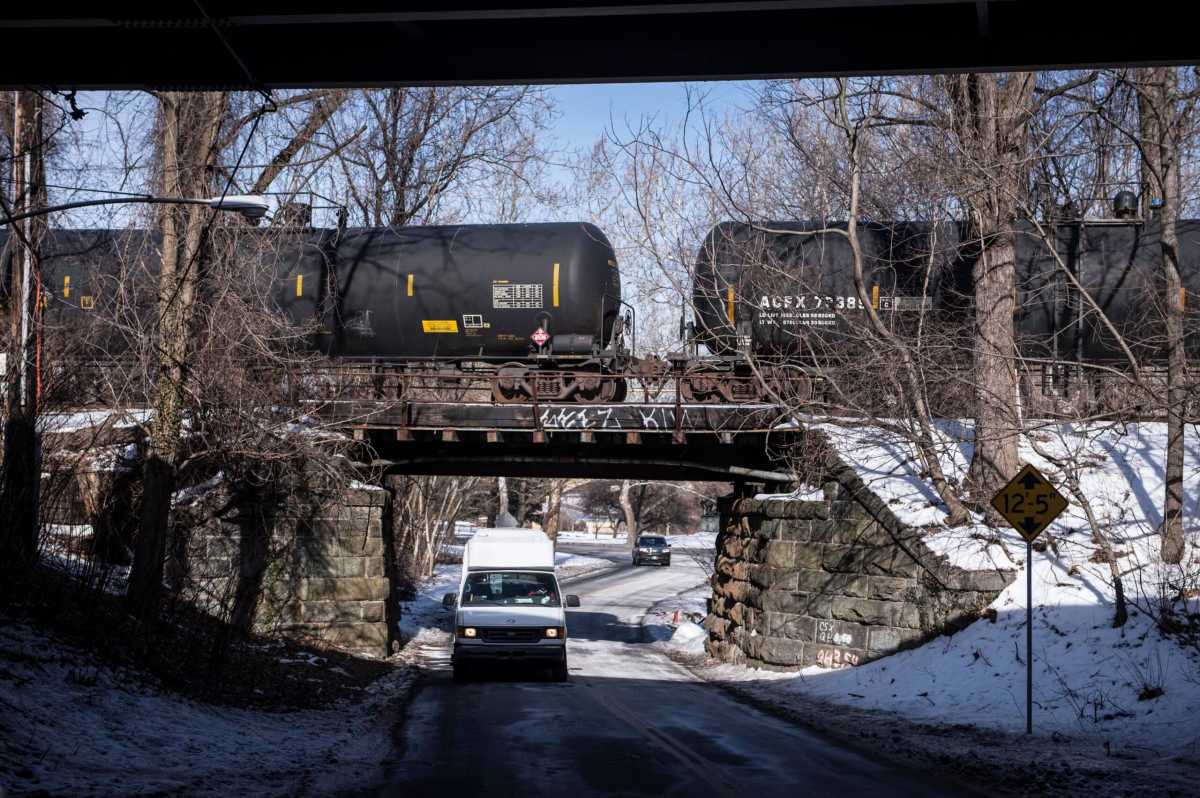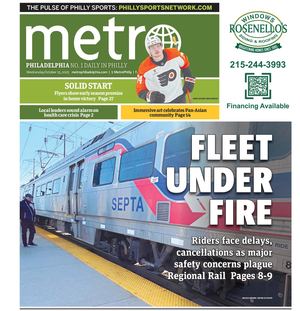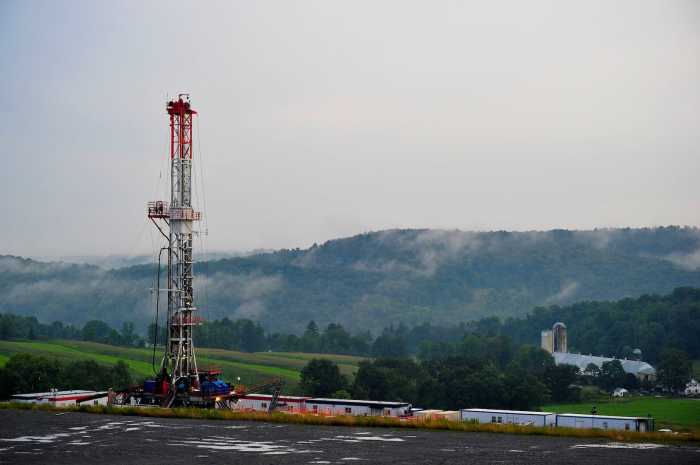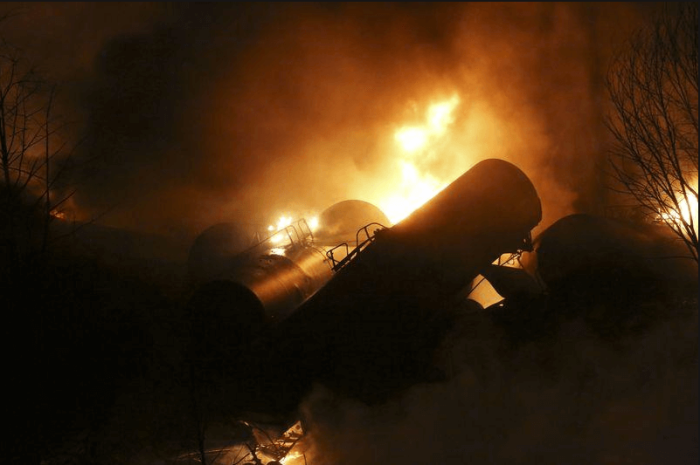The shale gas boom could have devastating effects for Philadelphia, if an tanker carrying crude oil or other hazardous materials ever derail along the city’s crumbling train network.
About 710,000 residents live within the evacuation zone of train routes that carry crude oil and other flammable or hazardous materials through the city daily, according to a report released Monday by PennEnvironment. That figure includes 100,000 children. “We have to be prepared,” said PennEnvironment executive director David Masur. “The public is usually left completely in the dark by train companies, state and federal authorities.” City Councilwoman Blondell Reynold Brown will hold a hearing March 18 to determine the risk posed by tanker trains running through Philadelphia and analyze the city’s planned respond to a potential derailment, spill, fire or explosion. “One injury, one life lost, is one too many,” Brown said. “We never ever want to be in ‘woulda-coulda-shoulda’ mode.’”
A July 2014 U.S. Department of Transportation report cited by Masur found that unless the U.S. invests heavily to fix aging infrastructure — including rail tracks and bridges — that the U.S. could expect to see up to 10 crude oil or ethanol train accidents a year, possibly causing up to $4 billion in damage. That report followed the July 2013 derailment of a 72-car train in Lac-Megantic, Quebec, which killed 47 Canadians.
In January 2014, seven cars of a CSX train carrying crude oil derailed while crossing the 25th Street viaduct over the Schuylkill, caused by improperly installed rail ties.
That bridge, which passes down 25th Street in Southwest Philadelphia, is supported by concrete pillars that are visibly crumbling, which is a subject of concern to local community organizations. Last month, a CSX oil train derailed in West Virginia, creating a fire which burned for five days and the evacuation of nearby towns. No fatalities were reported.
Train safety
These neighborhoods have the highest populations in the “evacuation zone” of oil train tracks, according to PennEnvironment.
West Philadelphia (19143) – 53,016 people
Port Richmond (19134) – 48,200
Olney (19120) – 45,513
Hunting Park (19140) – 38,471
University City/Mantua (19104) – 32,332
New report says 700K at risk from oil train accidents

Charles Mostoller





























